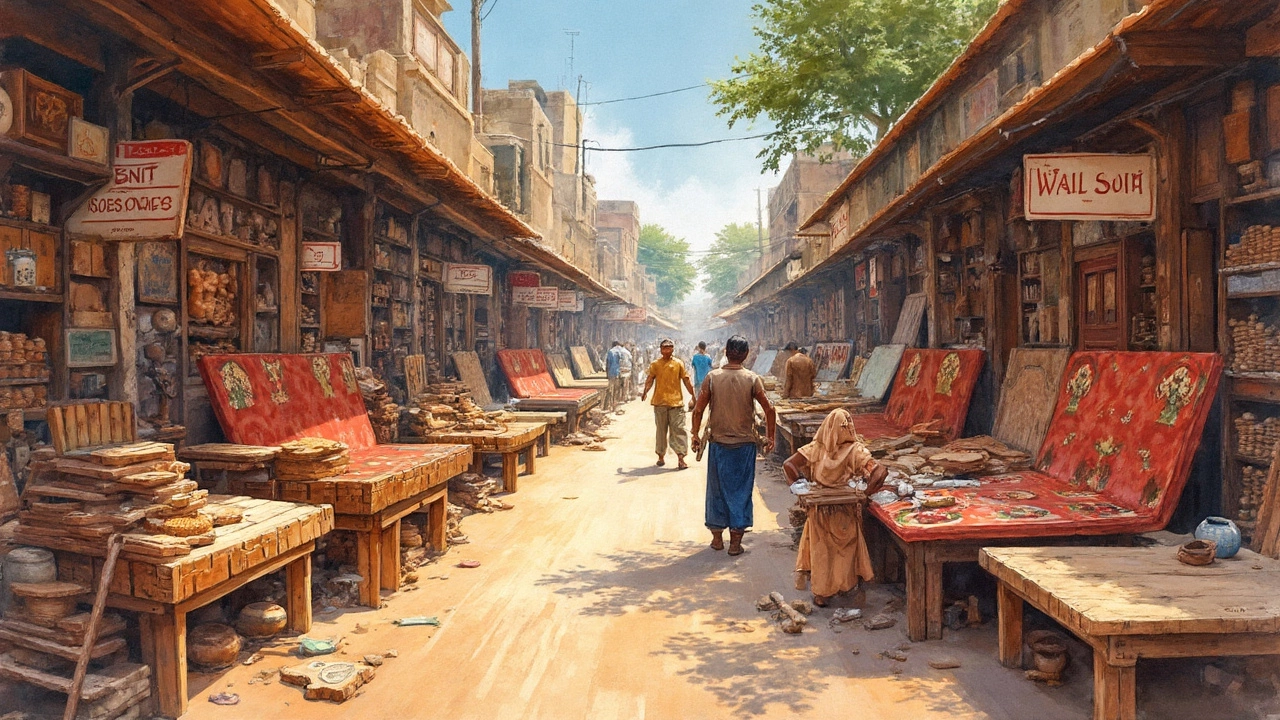Best Wood for Sofa: Choose the Perfect Frame Material
When you buy a sofa, the wood frame is the hidden hero that holds everything together. Picking the right wood can mean the difference between a piece that lasts ten years and one that sags after a few months. Let’s break down the most popular woods, what makes them strong, and how to tell if you’re getting a good deal.
Top Wood Choices for a Long‑Lasting Sofa
Teak is often called the king of sofa woods. It’s dense, naturally oily, and resists moisture – perfect for humid Indian homes. A teak frame can handle heavy daily use without warping, but it comes with a higher price tag.
Sheesham (Indian Rosewood) is another favorite. It’s tough, has an attractive grain, and is more affordable than teak. Sheesham works well for both modern and traditional designs, and it ages beautifully with a warm patina.
Mango wood offers a budget‑friendly alternative. It’s sturdy enough for everyday seating and has a light, airy look. Keep an eye on the finish, though – cheap coatings can chip and expose the wood to wear.
Oak (both red and white) is known for its strength and classic appeal. It’s heavier than teak or sheesham, so a sofa with an oak frame feels solid and stable. Oak also takes stains well, letting you match any décor.
Pine is the lightest option on this list. It’s easy to work with and inexpensive, but it’s softer and more prone to dents. If you love a rustic vibe and aren’t planning to move the sofa often, pine can work – just use a good protective finish.
How to Spot Quality Wood and Keep It Looking Great
First, check the joints. Mortise‑and‑tenon, dovetail, or dowel joints are signs of solid craftsmanship. Avoid sofas that rely mainly on nails or glue, especially if the glue looks wet or sloppy.
Second, tap the wood. A clear, resonant sound usually means the wood is dense and free of voids. Dull thuds can hint at cheap plywood or hollow cores.
Third, look at the grain. Consistent, tight grain patterns indicate higher quality wood. Wide, irregular grain may mean the wood is lower grade or has been heavily sanded.
Finally, protect your investment. Apply a natural oil or wax to teak and sheesham every few months to keep the material from drying out. For painted or lacquered finishes, use a soft cloth and avoid abrasive cleaners.
By understanding the strengths of each wood type and knowing what to look for in construction, you can pick a sofa that not only looks great but also stands the test of time. Happy sofa hunting!

Best Wood for Sofas in India: A Practical Guide
Selecting the right wood for a sofa in India isn't just about aesthetics; it's about durability, cost, and longevity too. From the rich, sturdy teak to the budget-friendly neem, each type of wood brings different benefits to the table. Knowing your options and the properties of each wood can significantly influence the overall experience with your sofa. Consider the functionality and comfort aspects to make an informed choice that suits your lifestyle and budget.
